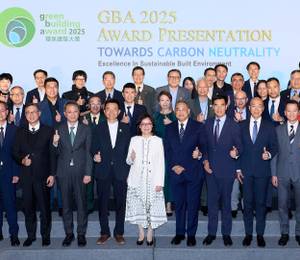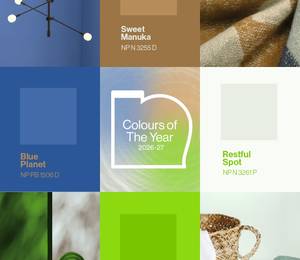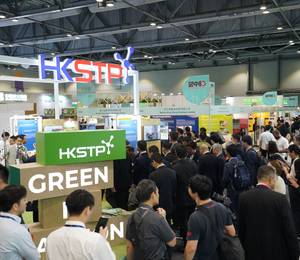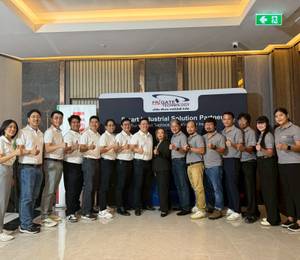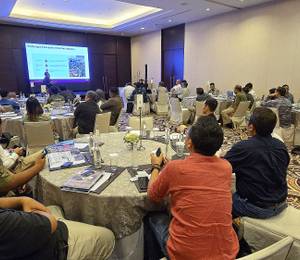Munich, Germany – The WACKER Chemical Group has developed two new hydrophobic dispersions for waterproofing buildings at low temperatures: VINNAPAS® 754 ED and VINNAPAS® 764 ED. VINNAPAS® 754 ED is used as an additive in two-part waterproofing membranes. It retains its crack-bridging ability at temperatures as low as ‒5 degrees Celsius.
VINNAPAS® 764 ED, on the other hand, can accomplish the same feat even at ‒20 degrees Celsius. The company presented both products at the European Coatings Show (ECS), held in Nuremberg, Germany, March 28 – 30, 2023.
Preventing water and moisture damage is one of the most important challenges involved in the medium- and long-term upkeep of buildings. One option for protecting balconies, bathtubs and other surfaces from water penetration is to apply cementitious waterproofing membranes. When these set, they form a self-contained, water-repellent film which is flexible enough to bridge the cracks in the sub- floor that result when the building settles or when temperatures and other weather conditions fluctuate. Depending on the field of applica tion, these types of waterproofing products may even perform at very low temperatures. Polymeric binders blended in during the manufacturing process provide the necessary flexibility and hydrophobicity. Additives like these can constitute as much as 30 percent of the waterproofing membrane.
WACKER has recently developed two polymer dispersions to meet this set of product requirements: VINNAPAS® 754 ED and VINNAPAS® 764 ED. Both products are terpolymers based on vinyl acetate, ethylene and vinyl ester. They are used as hydrophobic binders in two-part cements and help to bond the end product reliably and permanently, even on difficult substrates.
The new dispersions have been optimized to achieve excellent processing properties and to bridge cracks, even at very low temperatures. The dispersions complement and expand the existing VINNAPAS® range for waterproofing membranes.
VINNAPAS® 764 ED meets class O2 requirements as defined in EN 14891, which establishes flexibility and crack-bridging properties for temperatures down to -20 degrees Celsius. The material does not transition to a brittle vitreous state until reaching temperatures as low as approximately -30 degrees Celsius. VINNAPAS® 754 ED remains sufficiently flexible and bridges cracks at -5 degrees Celsius, thus meeting the class O1 requirements specified in the standard. The viscosity of the product is also low, making two-part cementitious waterproofing membranes even easier to process.
Neither product contains any additional solvents, plasticizers or film formers. According to an assessment by the German Federal Institute for Risk Assessment (BfR), this makes them suitable for contact with drinking water. VINNAPAS® 754 ED and VINNAPAS® 764 ED are ideally suited for formulating two-component waterproofing membranes for swimming pools, cellars and bathrooms, as well as water containers, canals, tunnels and more. When used properly, they provide long-term, reliable protection from water damage.




